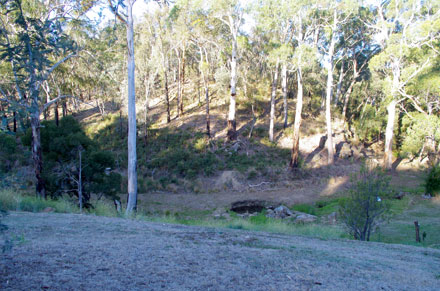The National Farmers’ Federation’s Regionalisation Agenda paper, which highlights the potential for Australia’s $24 billion forest industries to play a key role in a boom for regional Australia, has been applauded by the Australian Forest Products Association. Source: Timberbiz
The discussion paper, launched yesterday, calls on policy makers to look at the best way of getting people out of cities and into the regions, and turbocharging their manufacturing sectors through innovation and value-adding.
“This is not a three-year thing, this is a 30-year approach,” NFF chief executive Tony Mahar said.
“We have a National Cabinet; we have states wanting to recharge and energise rural and regional communities … now more than ever we’ve got a chance of success.”
The report argues that, given regional Australia makes up 35% of the population, at least $76 billion of that is going to be needed in the next 20 years for regional freight, transport, telecommunications, water and social infrastructure.
The agenda’s key recommendations include:
- Making regional development a National Cabinet priority.
- Selecting 20 towns as “regional development precincts”, to be decided by National Cabinet.
- A clear framework to guide regional development spending, to get rid of claims of pork-barrelling.
- A review of how infrastructure funding is allocated; and
- short-term incentives, such as tax incentives or sped-up planning approvals, to encourage private investment in the regions.
AFPA CEO Ross Hampton said the global pandemic had highlighted the importance of Australia being more self-sufficient.
“The Regionalisation Agenda shows Australia is uniquely placed to drive innovation and value-adding in our food and fibre sectors and that forestry is well-placed to be at the forefront of this. We are already Australia’s sixth largest manufacturing sector, and there is record global demand for renewable wood products and fibre.”
Mr Hampton said the discussion paper included a case study on forest industries, highlighting the value-adding potential if Australia processed more of the low-quality logs onshore currently being exported.
He said that with the right policy settings, forest industries can play a key role in boosting regionalisation by fast-tracking emerging, industries such as engineered timber for mid to hi-rise timber buildings, and biomaterials to replace plastics.
“Our sustainably managed forest industries directly employ over 80 thousand people nationally, and a further 100,000 indirectly,” Hampton said.
“We could increase this significantly and contribute to the NFF’s ambitious agenda.”






